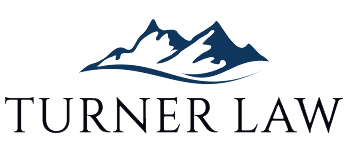Colorado Residential Security Deposits Withheld For Normal Wear And Tear
 Colorado Residential Security Deposits Withheld For Normal Wear and Tear.
Colorado Residential Security Deposits Withheld For Normal Wear and Tear.
Most landlords know the rule that Colorado residential security deposits cannot be withheld from a departing tenant without written notice. Many tenants receive written notice withholding Colorado residential security deposits for what most would consider normal wear and tear. What can the tenant do?
Colorado residential security deposits withheld for normal wear and tear is a violation of Colorado law. For a landlord to withhold a tenant’s security deposit for normal wear and tear is a violation of the lease regardless of what the lease actually says on the subject. The tenant can take the landlord to court. Any clause in the lease, like an arbitration provision, infringing upon this right to go to court is probably void.
What is normal wear and tear and who has the responsibility to prove that the “damage” occurred during the tenant’s lease? In Colorado, normal wear and tear means that deterioration which occurs, based upon the use for which the rental unit is intended, without negligence, carelessness, accident, or abuse of the premises or equipment or chattels by the tenant or members of her household, or their invitees or guests.
By negative implication, damage that occurs due to negligence, carelessness, accident, or abuse is probably not normal wear and tear. This would probably be a sudden event as opposed to a condition that occurs over a period of time; but it does not have to be. For example, wood floors can be damaged by lack of proper care.
However, even with proper care wood floors have to be refinished from time to time. The line between negligence, accident or abuse and normal wear and tear is very fact specific and even then not very clear.
Stains are often an issue cited for withholding a security deposit. A sudden event that causes a stain is probably a valid reason to withhold a security deposit, but who has to prove when the stain occurred? The landlord must initially prove that the security deposit was properly withheld, but that initial proof can be as simple as the lease signed by the tenant stating that the property was received in good condition. A thorough inspection of the premises complete with written checklist, pictures and video is probably a wise precaution for any tenant.
On several occasions, we have seen a detailed checklist with pictures avoid a dispute about what was or was not damaged during the lease period. Keep in mind that a thorough inspection works both ways – if it is not on the tenant’s list it is evidence the damage occurred during the lease. So, if a tenant is going to inspect and document, the tenant is well advised to do it well.
Disputes over deductions from Colorado residential security deposits are very common. Tenants can protect themselves from the wrongful withholding of a security deposit by documenting the property’s condition at the time the lease begins. Checklists, videos and pictures are probably a good idea.
Should a landlord withhold a security deposit for normal wear and tear, the tenant can recover the security deposit wrongfully withheld by court action. If the tenant prevails, the court award should include reasonable attorneys’ fees and in some instances, treble damages.
